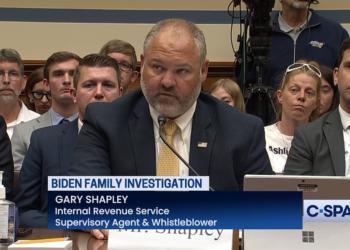SpaceX Crew-10 successfully docked the Dragon spacecraft on the International Space Station early Sunday to begin its rescue mission of Butch Wilmore and Sunita Williams.
This comes nine months after the two NASA astronauts became stranded on a mission that was meant to last about a week. During takeoff, the NASA spacecraft that carried Wilmore and Williams had a malfunction that made a return to Earth aboard too risky.
Dragon docked autonomously and brought NASA astronauts Anne McClain and Nichole Ayers, Japan Aerospace Exploration Agency astronaut Takuya Onishi, and Roscosmos cosmonaut Kirill Peskov to the ISS. There, they were greeted with hugs by Wilmore and Williams’ Expedition 72 crew, including NASA astronauts Nick Hague, Don Petitt, Roscosmos cosmonauts Aleksandr Gorbunov, Alexey Ovchinin, and Ivan Vagner. Gorbunov and Hague will return to Earth as well.
“During their time on the orbiting laboratory, the crew will conduct new research to prepare for human exploration beyond low-Earth orbit and to benefit humanity on Earth,” SpaceX wrote on its website.
The two-hour docking process was live-streamed on X and received over 2.6 million views. SpaceX CEO Elon Musk advised his X followers to expect that “in a few days, Dragon will bring back the astronauts.” They could return as soon as Wednesday.
Musk claimed on the Joe Rogan Experience podcast earlier this month that he could have brought Williams and Wilmore home sooner, but the Biden administration rejected his offer at the time. While the Biden administration denied Musk’s claim, Musk suggested it had to do with his endorsement of Trump because “there’s no way that they’re going to make anyone who’s supporting Trump look good.”
This particular mission was delayed two days when a hydraulic issue kept it from launching Wednesday. Instead it took off from the Kennedy Space Center in Florida on Friday.
FOUR SENIOR OFFICIALS CLOSE TO NASA MOON PROGRAM RETIRE
Prolonged time in space can have adverse affects on astronaut’s bone density and their circadian rhythm that helps them routinely sleep. The ISIS has six bedrooms onboard, but orbits around the Earth 16 times a day, witnessing 16 sunrises and sunsets.
There have been astronauts continuously occupying the ISS since 2000.














